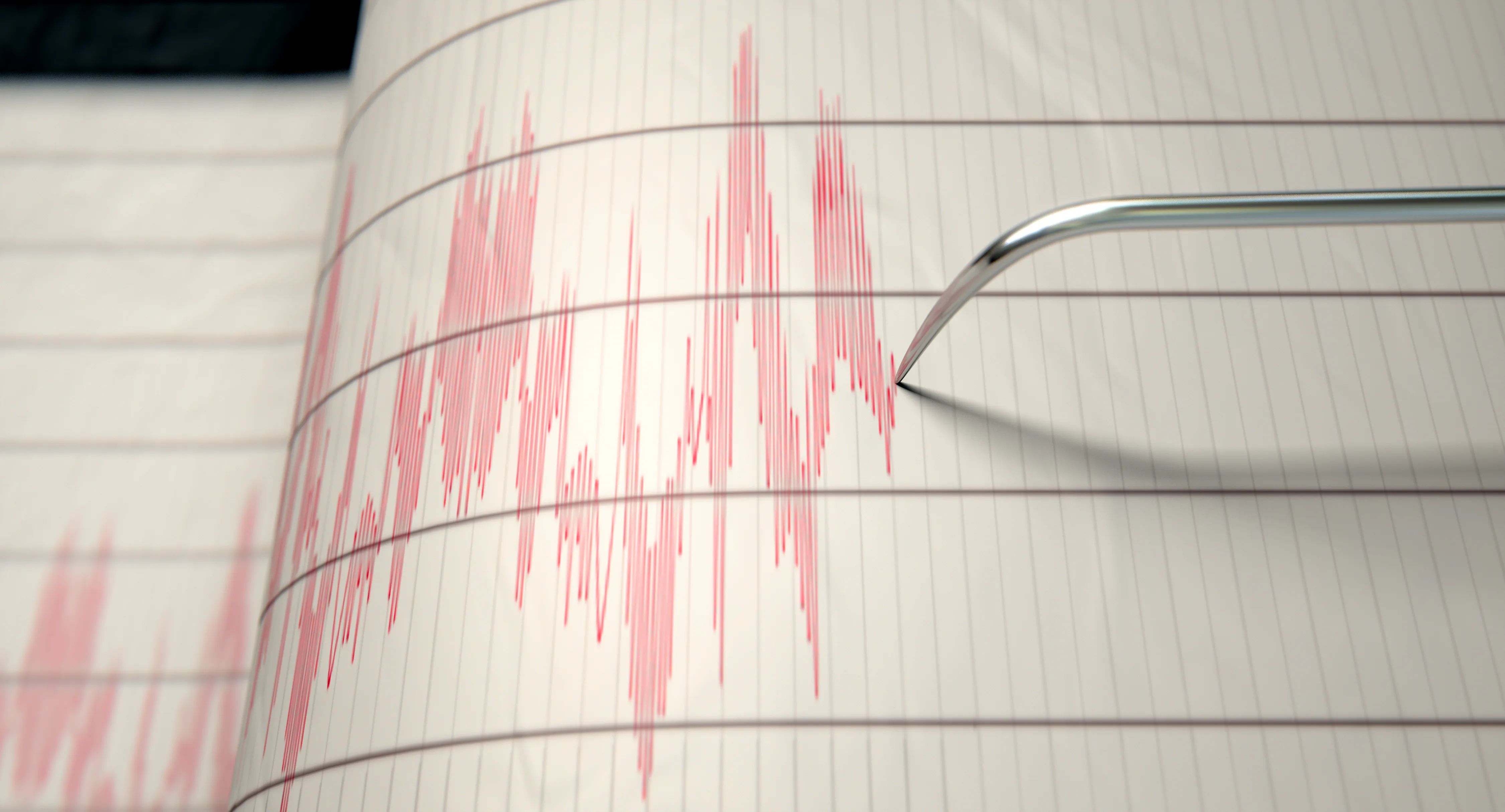
Dear Dietitian – Do you read food labels?
Dear Readers: Do you read food labels? Since 1990, manufacturers must add a Nutrition Facts label on every packaged food or drink product sold in the US. Perhaps if you have diabetes or you are a low-carb dieter, you study the carbohydrate content of cereal. If you are a heart patient, you want to be sure the sodium level of peanuts is acceptable. Or if you simply want to eat healthy, you are part of the majority who reads the Nutrition Facts label before purchasing an item for the first time.
The purpose of food labeling is to help consumers make informed choices when buying an item. The question is, “Are consumers applying this information to make healthier choices?”
In a survey of 340 adults, most were able to compare nutrition labels of two products and select the one with a healthier nutritional profile. Women were more interested in reading labels than men. More than half the participants surveyed (66%) considered the quality of ingredients, the food origin, and the presence of additives more important than the Nutrition Facts Panel (1).
In another survey of more than 1,000 young adults published in the Journal of the Academy of Nutrition and Dietetics, only one-third of the participants reported reading the nutrition label frequently. Label use was higher among women and people of higher education and income levels. Label components used most often were sugars (74.1%), total calories (72.9%), serving size (67.9%), and the ingredient list (65.8%) (2).
With obesity-related illnesses, such as diabetes and heart disease on the rise, we may need to reevaluate the design of food labels. Physical activity calorie equivalent (PACE) food labeling provides the consumer with information about the amount of physical activity required to “burn off” the calories in a particular food or drink. For instance, the fizzy soft drink contains 138 calories and requires twenty-six minutes of walking (2 mph) or thirteen minutes of running (4 mph) to burn those calories. Is it worth it? One may opt for water or a diet drink instead. PACE labeling is easy to read and provides a real-life application of food choices.
In a meta-analysis of fifteen randomized, controlled studies on the effect of PACE labeling, when compared to no labeling, consumers took in eighty fewer calories in a meal (3). This may not sound like much, but if an eighty-calorie deficit is maintained each day, that will result in an eight-pound weight loss over one year.
One of the criticisms of PACE labeling is there is no one-size-fits-all solution. PACE bases its calories burned on the weight of a 160-pound adult. Obviously, not everyone weighs 160 pounds. In the case of a 125-pound adult, it would take forty-five minutes of walking to burn the 138 calories in the soft drink, instead of the twenty-six minutes illustrated on the label. While there isn’t “one-size,” PACE labeling may be a more straightforward approach to helping consumers make healthier food choices.
Until next time, be healthy!
Dear Dietitian
References
- Viola G, Bianchi F, Croce E, Ceretti, E. Are food labels effective as a means of health prevention? J Public Health Res. 2016 Dec 9; 5(3): 768. Published online 2016 Dec 21. doi: 10.4081/jphr.2016.768
- Christoph M, Larson, N, Laska, M, Neumark-Sztainer, D. Nutrition facts panels: who uses them, what do they use, and how does use relate to dietary intake? J Acad Nutr Diet. 2018 Feb 01; 118 (2):217-228. doi: 10.1016/j.jand.2017.10.1014
- Daley, AJ, McGee E, Bayliss S, et al. Effects of physical activity calorie equivalent food labelling to reduce food selection and consumption: systematic review and meta-analysis of randomized controlled studies. J Epidemiol Community Health 2020;74: 269-275.

















